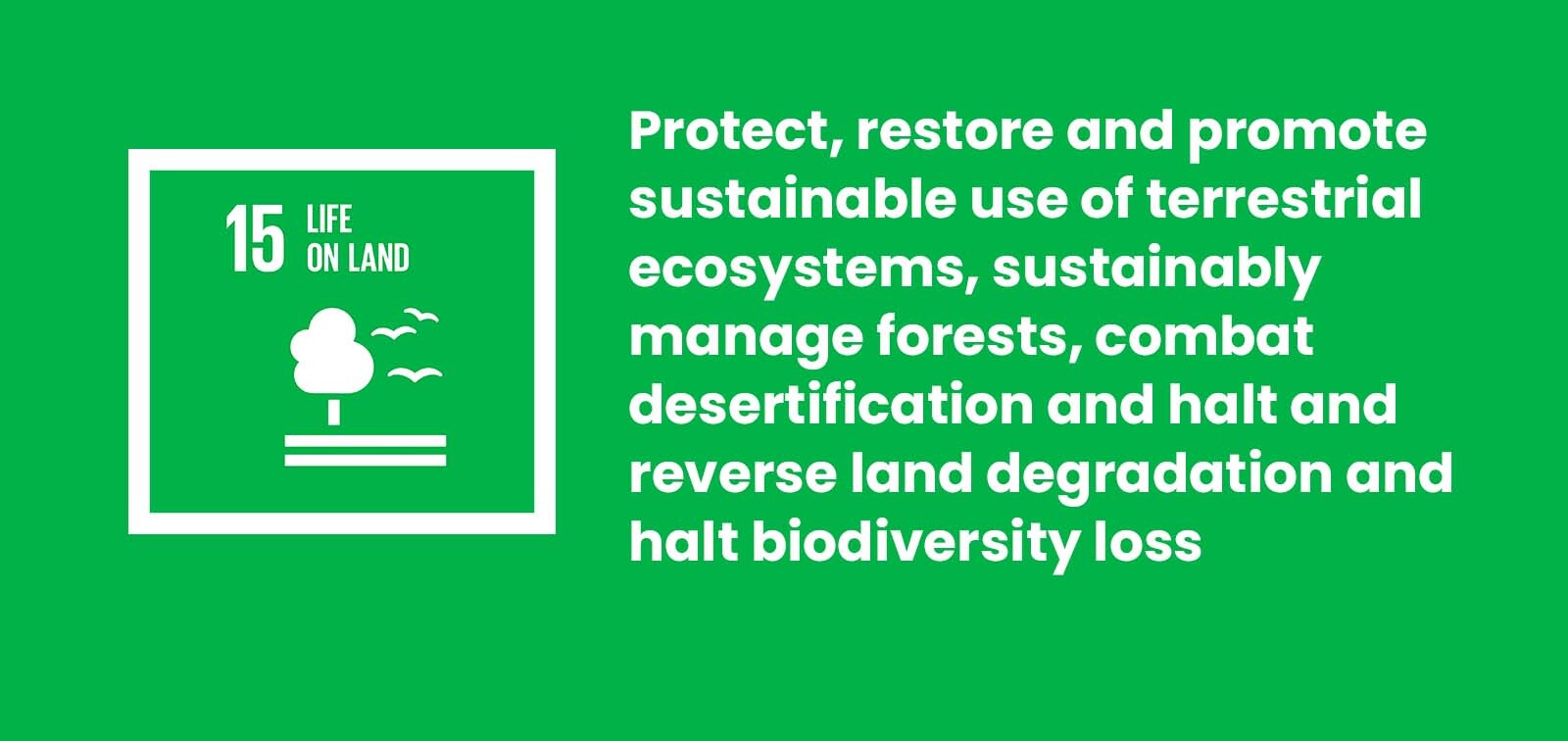Motivation
Since the outbreak of desert locust in East Africa in February 2020, swarms composed of 400 billion locusts with a width of 40 km, a length of 60 km and a total weight of 800,000 tons have damaged crops for 35,000 people every day. The damage is still expanding.This disaster is difficult for the countries damaged by locusts to budget due to its lack of periodicity, and international cooperation is needed as locust swarms move across national borders. In addition, due to the influence of abnormal weather in recent years, it has become easy to create an environment in which a large number of locusts are likely to occur, and a large number of locusts have occurred in various parts of the world. Currently, pesticides are used for extermination, but the number of locusts is enormous, and the breeding speed is faster than extermination, so they have not been suppressed. Furthermore, if locusts are contaminated with pesticides, there is a risk that the land where the locusts were located and the people who ate them will be contaminated.
However, in recent years, research on locust ecology and aggregation pheromones has progressed, so we thought that we could use this to capture locust and use them in various ways. We tried to create a molecular robot that could weaken or kill locusts and create an approach to solving various problems such as desertification, energy, food, and research.
SDGs
We thought that our project could bring us closer to solving the problem of desertification, which is Goal 15 of the SDGs.

Reference
https://www.isglobal.org/
